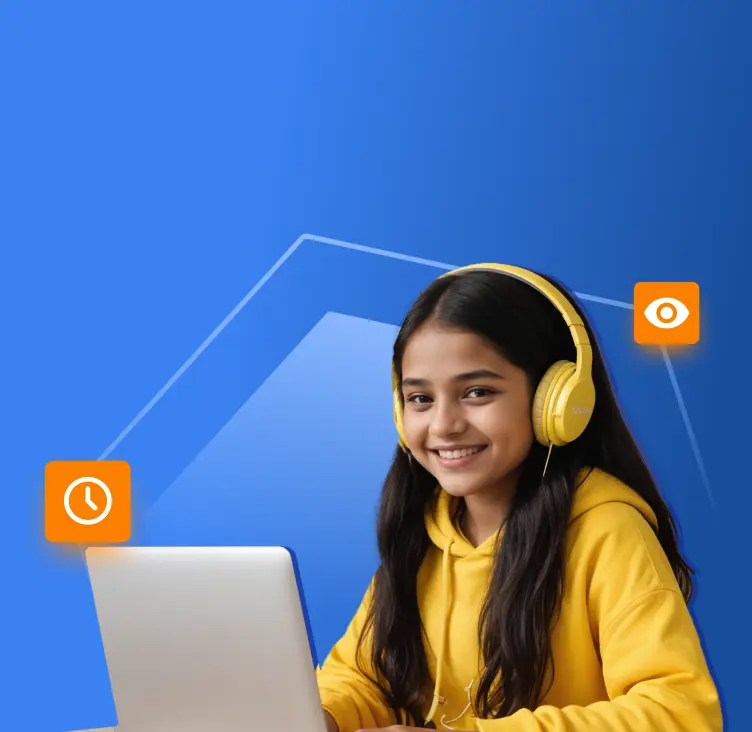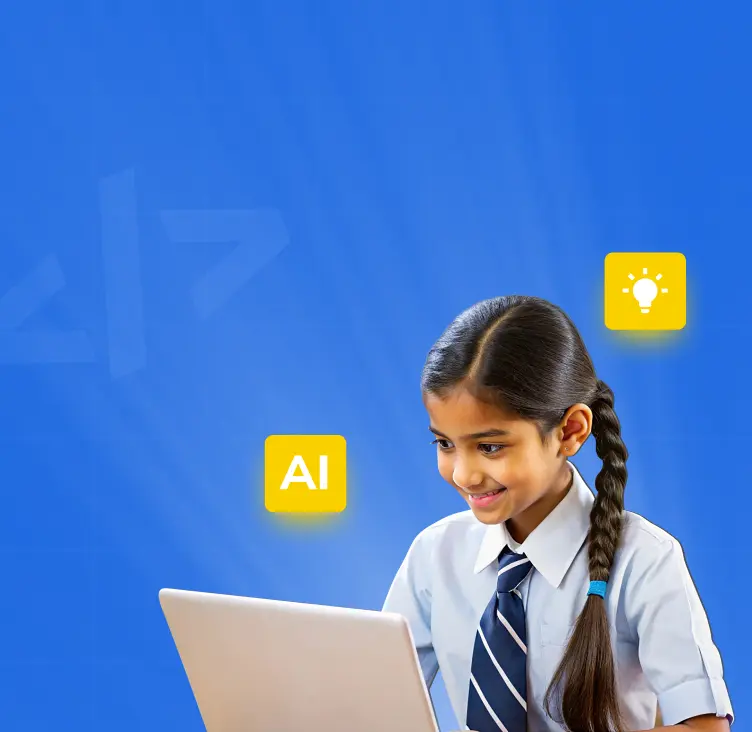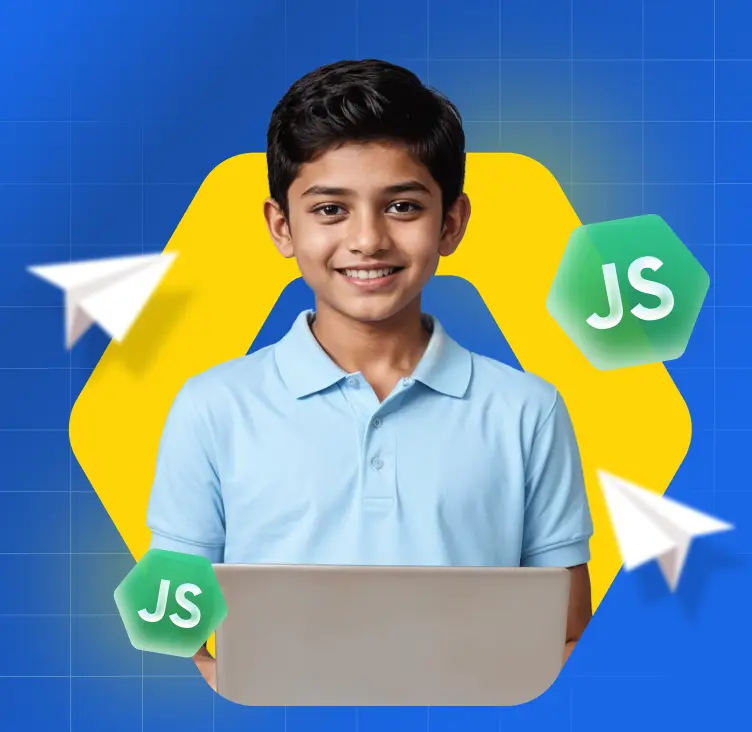Are you thinking about introducing text-based coding for kids? Why should kids learn text-based coding? In today’s tech-driven world, this question has become increasingly common among parents of children aged 7 to 17.
As we witness technology’s omnipresence in our daily lives, the ability to navigate and understand the language behind it becomes crucial. So, let’s quickly delve into exploring the advantages, considerations, and opportunities awaiting young minds in the world of text-based coding.
In this blog, we’ll explore the debate around whether kids should learn text-based coding, analyzing its benefits and addressing common concerns.
What is Text-Based Coding?
Text-based coding refers to the practice of writing instructions or commands using the syntax of a preferred programming language. Unlike block-based coding, which involves dragging and dropping blocks of code, text-based coding requires typing out commands in a specific format. This method is akin to learning a new language, where precise grammar and vocabulary are essential for conveying instructions effectively.
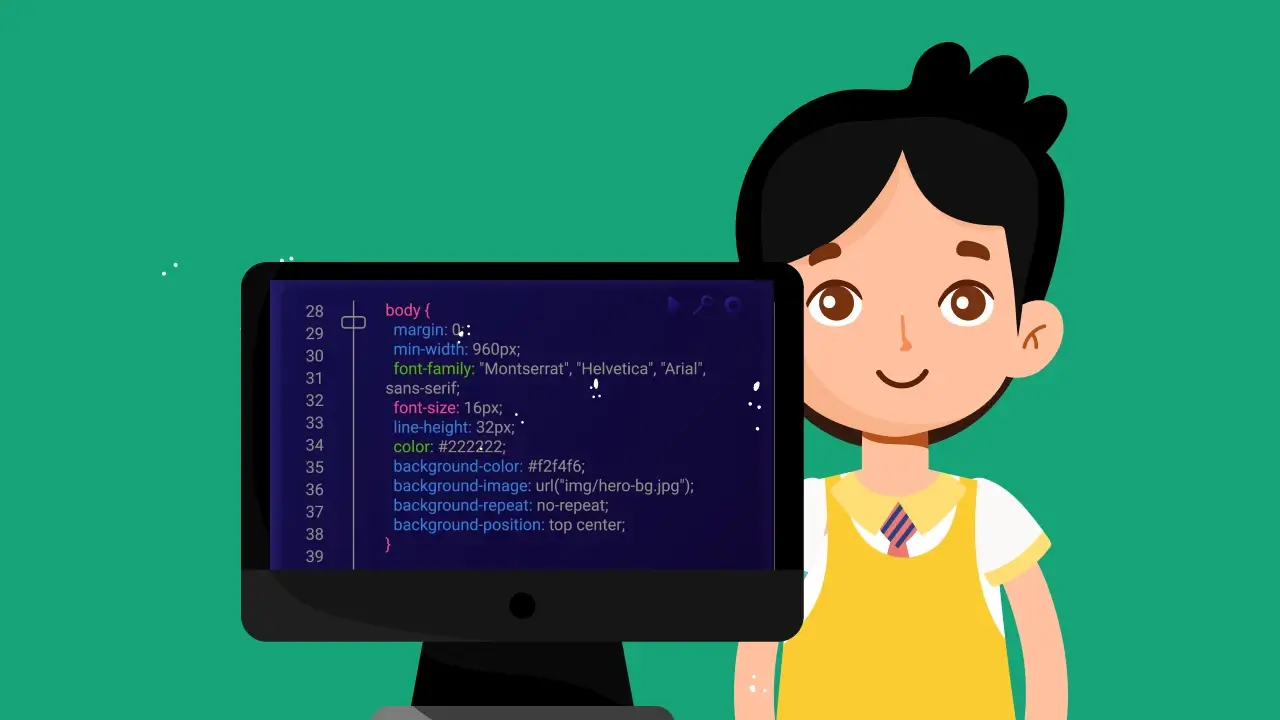
Why Kids Should Start with Block-Based Coding?
Block-based coding serves as an excellent entry point into coding for young learners due to its intuitive visual interface. Gamified coding platforms like HackerKID allow children to grasp fundamental programming concepts without getting bogged down by syntax errors. By arranging blocks to create sequences of actions, kids can develop logical thinking and problem-solving skills in a fun and interactive manner.
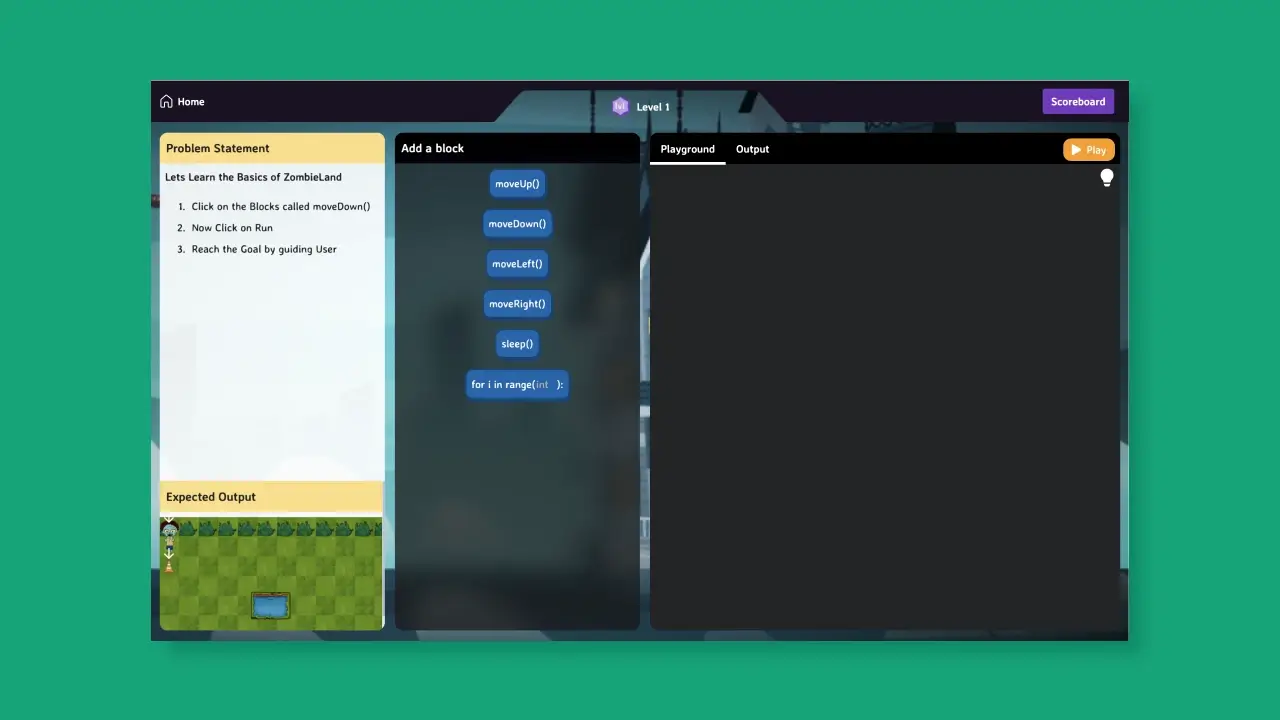
Advancing from Block-Based to Text-Based Coding
While block-based coding offers a gentle introduction to programming, transitioning to text-based coding for kids unlocks a world of possibilities. Text-based languages like Python, JavaScript, and Java provide greater flexibility and control over program logic. As children become more proficient in coding, they’ll appreciate the power and efficiency of text-based languages for developing complex software applications.
Also Read: Best Programming Languages for Kids
Benefits of Learning Text-Based Coding
Learning text-based coding offers numerous benefits for kids. It develops their coding skills and sets their pace high in the world of inevitable competition.
- Text-based coding encourages children to break down problems into manageable components, devise systematic solutions, and face challenges confidently.
- While writing code from scratch, kids learn to think logically and analytically, applying mathematical concepts to real-world scenarios. It also fosters creativity and critical thinking as they explore different approaches to solving problems.
- Starting early gives kids a competitive edge, opening doors to lucrative career opportunities in a rapidly evolving tech world.
- Text-based coding for kids nurtures their sense of self-expression and empowers them to turn their ideas into tangible projects, whether it’s building a website, designing a game, or creating a mobile app.
Introducing Kids to Text-Based Coding
As a parent, introducing your child to text-based coding can be an exciting and rewarding journey. But where do you start?
It’s essential to gauge your child’s readiness and interest in diving into this world of coding. While some children may naturally gravitate towards technology and exhibit a curiosity for understanding how things work, others may need a bit more encouragement and guidance.
Observing your child’s problem-solving skills, logical thinking, and interest in technology can provide valuable insights into their readiness for this coding adventure.
Once you’ve determined that your child is ready to explore text-based coding, the next step is to choose the right language and resources tailored to their age and learning style. With the plethora of coding platforms, online courses, coding bootcamps, books, and coding clubs available, there’s no shortage of options to kickstart your child’s coding journey on the right foot.
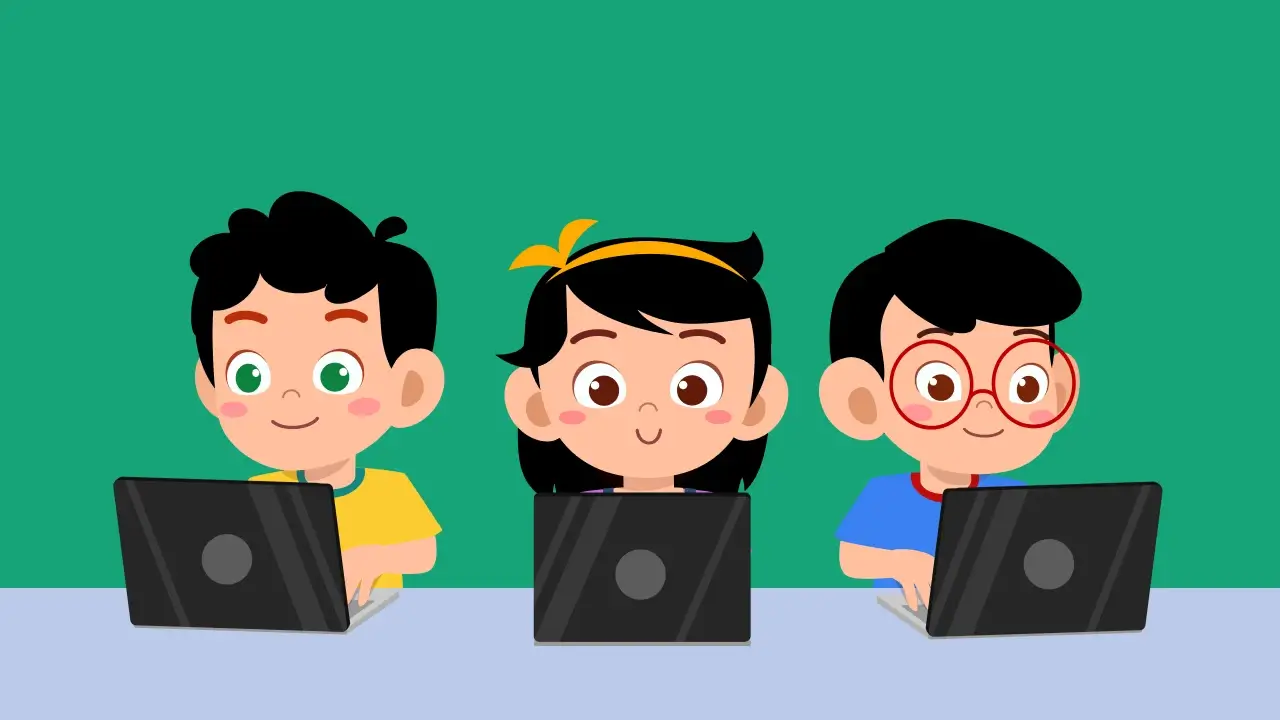
When to Start?
The ideal age for introducing text-based coding for kids is between the ages of 8-14. However, it varies depending on their cognitive development and interests. While some children may possess an aptitude for coding as early as age 7 or 8, others may benefit from starting around age 10 or older. It is recommended to introduce block-based coding to your kid before transitioning to text-based languages.
Choosing the Right Language
Selecting the right programming language for your child depends on several factors, including their age, interests, and learning style.
Python is often recommended for beginners due to its simple syntax and versatility, making it suitable for a wide range of projects.
Read More: Top Websites to Teach Python to Your Kids
JavaScript is another popular choice for web development. It serves as a foundation for learning other programming languages and technologies. By mastering JavaScript, kids build a solid understanding of programming concepts and principles that can be applied to learning other languages.
How Kids Can Learn Text-Based Coding
There are various resources such as available on the internet to help children learn text-based coding:
- Online Courses and Tutorials: Platforms like HackerKID offer interactive courses tailored to different age groups and skill levels. These courses provide step-by-step guidance and hands-on coding exercises to reinforce learning.
- Coding Bootcamps: Many coding bootcamps offer programs designed for kids and teens, providing structured lessons taught by experienced instructors. These bootcamps often culminate in project-based assignments to showcase students’ skills.
- Books and Educational Kits: There are numerous books and educational kits available that teach programming concepts through hands-on projects and activities. These resources cater to different learning styles and can supplement online courses or classroom instruction.
- Coding Clubs and Workshops: Joining a coding club or attending coding workshops allows children to collaborate with peers and learn from experienced mentors. These community-driven initiatives provide a supportive environment for exploring coding concepts and sharing ideas.
- Coding Games: Coding games are a fun and interactive way for kids to develop their text-based coding skills. By engaging in game-based learning experiences, kids are immersed in a playful environment where they can experiment, make mistakes, and learn from their experiences in a low-pressure setting. These games often present coding challenges and puzzles that require kids to apply programming concepts and logic to solve problems. Additionally, coding games provide instant feedback and rewards, motivating kids to persevere and continue learning.
Must Read: How to Teach Coding to Kids – Step-by-Step Guide
Learning tech has never been this fun!
Say goodbye to dull quizzes and hello to Buzzer, the ultimate computer science and technology MCQ game for kids! Pick your favorite topic, hit the buzzer, and tackle exciting gamified questions. Whether you’re playing for fun or competing, every round is an adventure. Think fast, answer smart, and climb the leaderboard. Play Buzzer now!
Wrapping Up
Text-based coding provides kids with a valuable learning experience, equipping them with essential skills for success in the digital age. While block-based coding serves as an excellent starting point, transitioning to text-based languages opens up new opportunities for creativity, problem-solving, and career development.
By introducing your child to text-based coding and providing access to quality resources, you can empower them to thrive in an increasingly technology-driven world. Choose right! Indulge your kid into the incredible world of coding today with HackerKID.
Frequently Asked Questions
1. Why is text-based coding important for kids to learn?
Text-based coding promotes critical thinking, problem-solving, and creativity, preparing kids for future career milestones in technology.
2. At what age should kids start learning text-based coding?
The ideal age varies, but children as young as 7 or 8 can start with block-based coding before transitioning to text-based languages around age 10 or older.
3. What are the best text-based coding languages for kids?
Python, JavaScript, and Java are popular learning choices for kids due to their simplicity, versatility, and applicability in various domains.
4. How can I make text-based coding fun for my child?
Encourage your child to work on projects that align with their interests, whether it’s designing games, building websites, or creating interactive animations.
5. How does text-based coding improve problem-solving skills?
Text-based coding challenges children to break down complex problems into manageable steps, fostering logical thinking and systematic problem-solving strategies.
6. Are there any online platforms that teach text-based coding to kids?
Yes, coding platforms like HackerKID offer interactive courses and tutorials specifically designed for kids and teens.
7. What future opportunities can text-based coding provide for kids?
Proficiency in text-based coding opens doors to diverse career opportunities in software development, data science, cybersecurity, and other tech-related fields.






